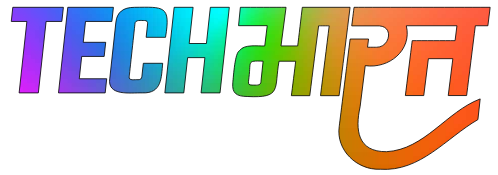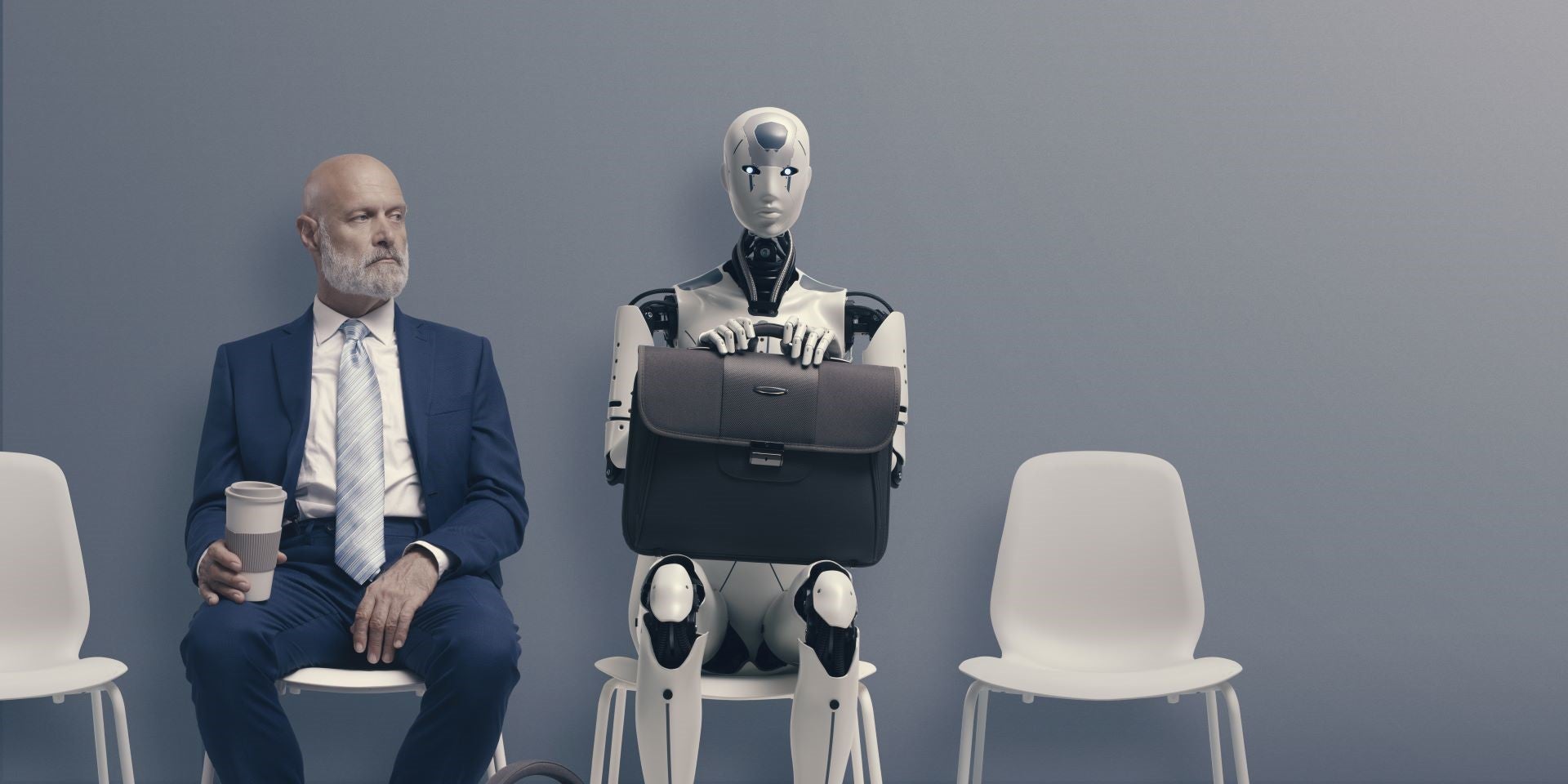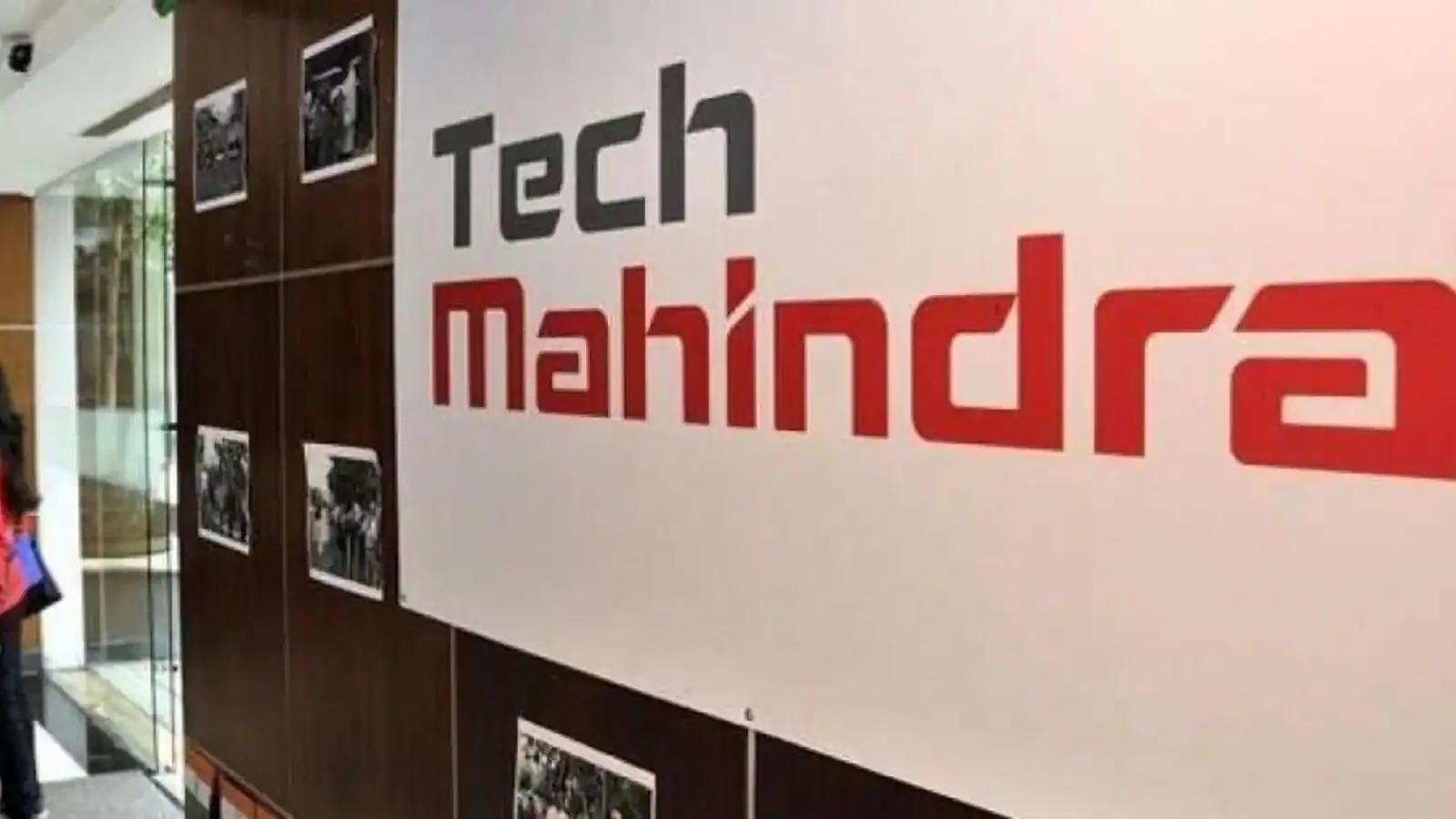Something is shifting quietly inside India’s massive IT service companies. The sprawling campuses, once buzzing with recruitment drives welcoming thousands of fresh graduates, now feel a different energy. It’s not emptiness, but a recalibration, driven by a force reshaping industries globally: artificial intelligence. While the headlines often shout about groundbreaking AI capabilities, the real story for India’s tech powerhouses like Tata Consultancy Services (TCS), Infosys, Wipro, and HCLTech is about unlocking tangible gains right here, right now, and what that means for the workforce.
For decades, the business model was clear: hire bright minds, train them, and deploy them on client projects, often involving repetitive coding, testing, and maintenance tasks. Scale was built on human numbers. But AI is changing the math. Companies are discovering that AI tools can perform many of these tasks faster, more accurately, and around the clock.
Think about software testing. Traditionally, large teams of engineers manually run tests to find bugs. Now, AI-powered testing platforms can automatically generate test cases, execute them across different systems, and even identify potential issues before a human might spot them. This dramatically cuts down the time and human effort needed for quality assurance. Wipro, for instance, has spoken about using AI in internal operations and client projects to speed up delivery cycles.
Code generation is another area seeing significant impact. While AI isn’t replacing programmers entirely, tools that can suggest code snippets, complete functions, or even translate code between different programming languages are becoming common. This allows experienced developers to focus on complex problem-solving and architecture rather than tedious coding, effectively multiplying their output. TCS has reportedly invested heavily in building its own AI platforms and training its employees in AI-assisted development practices.
What does this mean for hiring? The evidence points to a slowdown, particularly at the entry level. If AI can handle routine tasks previously assigned to junior engineers or freshers, the immediate need for large-scale recruitment diminishes. Companies are still hiring, but the focus is shifting. They need fewer people for repetitive work and more people with skills to build, manage, and integrate AI tools, as well as those who possess strong domain knowledge and complex problem-solving abilities that AI currently cannot replicate.
Consider the numbers reported by these companies in recent quarters. While client demand remains relatively steady or sees moderate growth, the net addition of employees has significantly decreased compared to previous years. This isn’t just market cyclicality; it reflects a fundamental change in how work gets done. Infosys has openly discussed leveraging automation and AI to improve productivity per employee. When each employee can handle more tasks with the help of AI, the need to add new employees at the same rate as before decreases.
This trend presents a challenge for the millions of young Indians aspiring to join the IT sector. The traditional pathway of starting with basic coding or testing roles might become less available. The emphasis is now squarely on continuous learning and acquiring skills that complement AI, rather than compete with it. Data science, machine learning engineering, AI ethics, and complex cloud architecture are becoming highly sought after.
It’s not just about cutting costs, although that is a factor. The primary driver is efficiency and the ability to deliver projects faster and with higher quality. Clients demand quicker turnarounds and more value. AI helps companies meet these demands in a way that simply adding more people cannot. HCLTech has highlighted the role of AI in transforming client operations and driving business outcomes beyond just cost reduction.
The shift isn’t without its human element. Existing employees face the pressure to upskill or risk becoming redundant. Companies are running massive internal training programs to equip their workforce with AI skills. This internal transformation is as significant as the external deployment of AI for clients. Wipro’s CEO has stressed the importance of reskilling their vast employee base to remain competitive in the AI era.
This transformation is also changing the nature of projects. IT service companies are moving towards higher-value consulting and implementation work involving complex AI solutions for clients, rather than just providing manpower for routine tasks. This requires a different talent mix.
The narrative isn’t entirely bleak for job seekers. While entry points are changing, new roles related to AI development, deployment, and management are emerging. The overall size of the Indian IT sector continues to grow, driven by global digital transformation. However, the composition of the workforce and the skills required are undergoing a rapid evolution.
Specific examples within companies illustrate this. A large project that might have needed 100 testers a few years ago might now only require 40 testers using AI tools, plus a handful of experts to manage the AI and handle complex edge cases. A development team might be smaller but more productive with AI assisting in coding and debugging.
The C-suite executives at these major firms are consistently highlighting AI’s impact on their earnings calls and investor presentations. They talk about improved margins, faster project completion, and the ability to take on more complex work. These gains translate directly into needing fewer billable hours for certain tasks, which in turn influences recruitment plans.
This scenario paints a clear picture: AI isn’t just a futuristic concept; it’s an operational reality fundamentally altering the bedrock of India’s dominant service industry. The slowdown in traditional hiring isn’t a sign of decline for the companies themselves, but rather a symptom of their successful adoption of technologies that are changing the very definition of productivity in the IT sector. The future workforce must adapt, focusing on higher-order skills that leverage, rather than compete with, the capabilities of artificial intelligence. The path forward involves continuous learning and a readiness to embrace a tech-augmented work environment.


















